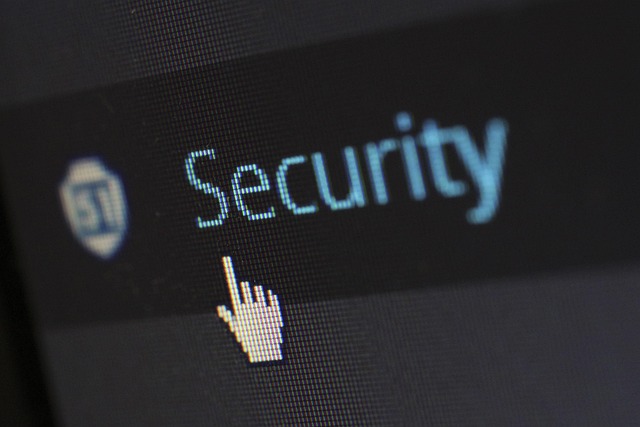Assess your environment for situational awareness. Protect online data with strong passwords and privacy settings. Enhance physical safety through self-defense and awareness practices. Secure digital presence with password managers, 2FA, & software updates.
Staying safe in today’s world requires a blend of awareness and proactive measures. This article delves into essential everyday safety strategies for navigating both physical and digital environments. From assessing your surroundings and guarding personal information to mastering basic self-defense techniques and securing your online presence, these tips empower you to enhance your personal safety. Embrace these practical steps to foster a sense of security in your daily life.
- Assess Your Environment: Stay Aware of Surroundings
- Protect Personal Information: Guard Your Data
- Physical Safety: Basic Self-Defense Techniques
- Digital Security: Secure Online Presence
Assess Your Environment: Stay Aware of Surroundings

In the realm of everyday safety strategies, assessing your environment is a fundamental step in staying secure. As you move about your day, take a moment to observe and evaluate your surroundings. Notice the layout of public spaces, identify potential escape routes, and assess visible security measures. Being mindful of these details can significantly enhance your situational awareness, enabling you to respond swiftly if any unexpected situations arise.
By staying aware of your surroundings, you become more attuned to subtle cues that might indicate potential dangers. This simple yet powerful practice allows you to make informed decisions, like choosing well-lit paths or avoiding secluded areas. Remember, being proactive in assessing and understanding your environment is key to safeguarding yourself in various settings, whether it’s a bustling city street or a quiet neighbourhood park.
Protect Personal Information: Guard Your Data

In today’s digital age, protecting your personal information is an essential part of everyday safety strategies. Be mindful of how much data you share online and with whom. Avoid posting sensitive details like social security numbers, full credit card details, or home addresses on public platforms or in unsecured messages. Use strong, unique passwords for different accounts and enable two-factor authentication where possible to add an extra layer of protection. Regularly review your privacy settings on social media and be cautious about connecting with strangers or accepting requests from unknown individuals.
Additionally, be wary of phishing attempts, such as suspicious emails or text messages asking for personal information. Legitimate organizations will never request sensitive data via unsecured channels. Educate yourself on how to recognize these scams and report them accordingly. Staying vigilant and following simple data protection practices can significantly reduce the risk of identity theft and ensure your digital footprint remains secure, contributing to a safer online environment.
Physical Safety: Basic Self-Defense Techniques

In today’s world, staying alert and aware is an essential part of everyday safety strategies. Physically enhancing your safety involves learning basic self-defense techniques that can help deter potential threats. Simple movements like maintaining good posture, keeping a safe distance from unknown individuals, and being mindful of your surroundings can significantly reduce risks. Practicing awareness while walking or in any public space empowers you to recognize suspicious activities and take necessary precautions.
Additionally, understanding some fundamental self-defense moves, such as blocking, striking, or even simple verbal assertiveness, can serve as powerful deterrents. These skills enable individuals to protect themselves effectively if confronted with dangerous situations. Regularly practicing these everyday safety strategies ensures that you’re prepared to handle unexpected incidents with confidence and resilience.
Digital Security: Secure Online Presence

In today’s digital era, where much of our lives unfold online, securing your digital presence is a vital part of everyday safety strategies. Start by implementing strong and unique passwords for all your accounts, using password managers to keep them safe. Enable two-factor authentication wherever possible, adding an extra layer of security. Be mindful of the information you share on social media; adjust privacy settings and be cautious about what details you divulge publicly. Regularly update your software and apps to patch security vulnerabilities, ensuring your digital footprint remains secure from potential online threats.
Additionally, be wary of phishing attempts and suspicious links or emails. Educate yourself on common scams and how to identify them. Regularly review your account activity for any unauthorized access. By integrating these digital security practices into your routine, you significantly enhance your personal safety awareness in the virtual world, protecting not only your data but also your overall online well-being.
Implementing everyday safety strategies, from assessing your environment and protecting personal information to mastering basic self-defense and securing your digital presence, is a proactive approach to enhancing personal safety awareness. By staying vigilant in your surroundings, guarding sensitive data, and equipping yourself with essential self-defense techniques, you empower yourself to navigate the world with greater confidence and peace of mind. Embrace these simple yet powerful tips to create a safer and more secure everyday life.






